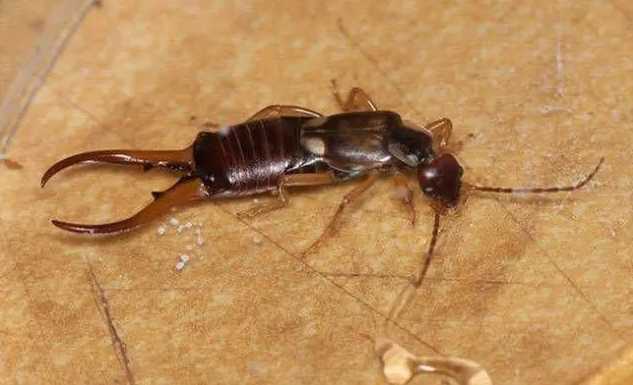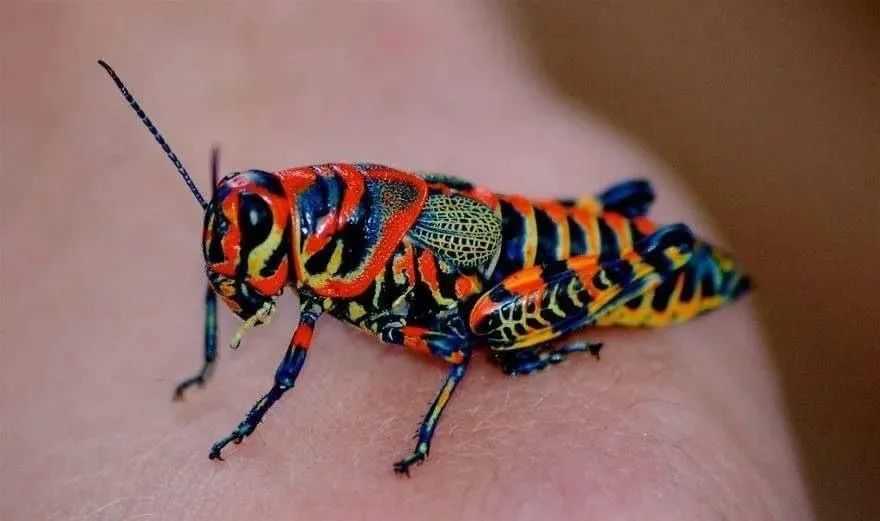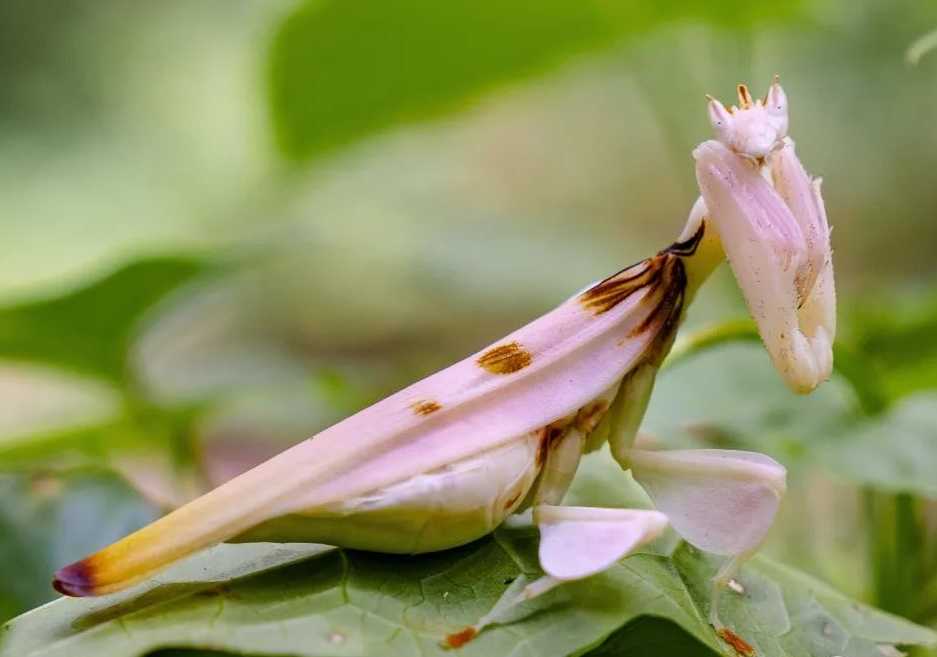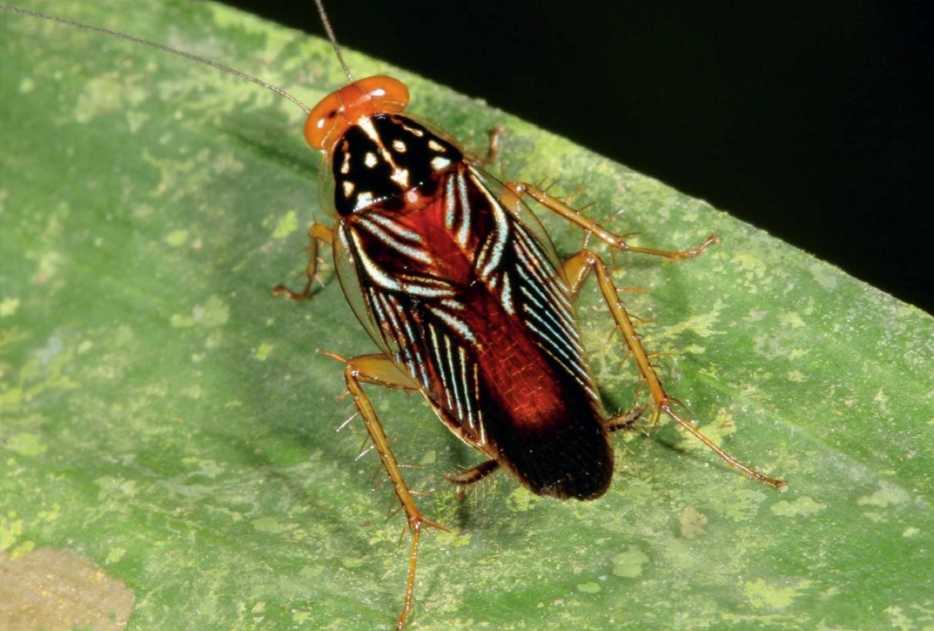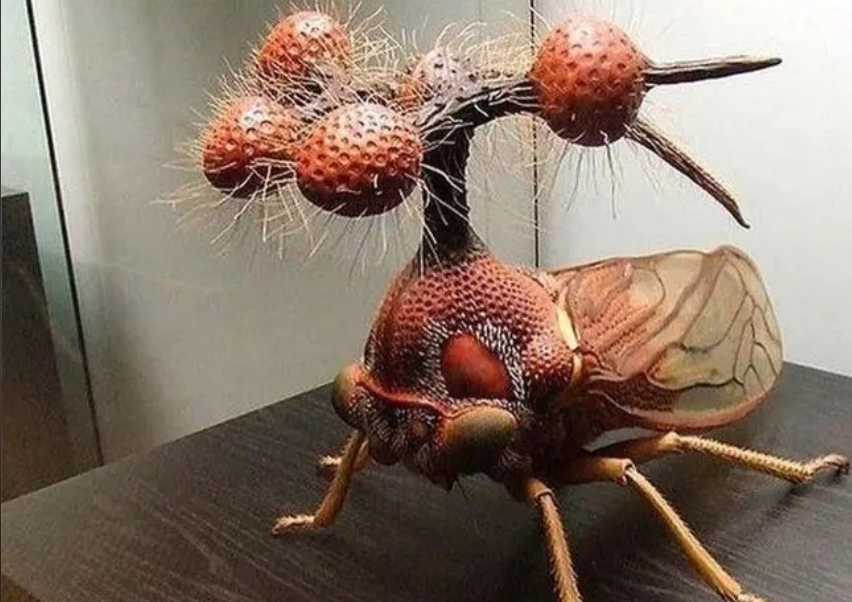Often mistaken for other bugs, earwigs (order Dermaptera) stand out with a unique anatomical mix: a slender, rove beetle–like upper body that transitions to a pair of prominent forceps-like pincers at the abdomen’s tip. This distinctive design has fascinated and confused observers for centuries, blending subtlety with a bold defensive feature.
A Dual Anatomy: Subtlety Meets Strength
The earwig’s head and thorax resemble those of many small insects, with elongated antennae and a streamlined profile that allows easy movement through leaf litter or crevices. Its forewings are short, hardened elytra that protect the membranous hindwings, while the abdomen—often overlooked in the insect world—steals the show. The cerci, modified into curved or straight pincers, are the insect’s most iconic trait. These pincers, used to capture prey, defend against predators, or aid in mating, give the earwig an imposing appearance despite its small size (1–5 cm). Contrary to myths, the pincers are harmless to humans, though their snap can startle.
Behavior and Ecological Role
Found worldwide in moist habitats, earwigs are nocturnal scavengers, feasting on decaying plant matter, fungi, and small invertebrates. Females exhibit rare maternal care in the insect world, guarding eggs and nymphs until they mature—a behavior enabled by their pincers, which they use to fend off threats. While their pincers may seem aggressive, earwigs play a vital role in ecosystems as decomposers and pest controllers, preying on aphids and other garden nuisances. Misconceptions about them crawling into human ears persist, but they are harmless to mammals, seeking dark, damp spaces only for shelter.
For entomologists, earwigs exemplify nature’s pragmatic design: a blend of stealth for survival and specialized tools for defense. Their unique anatomy reminds us that even common insects hide remarkable adaptations, waiting to be noticed beyond outdated myths. As we overlook these tiny pincer-wielders in our gardens, they continue their quiet work—proof that in the insect world, function and form often unite in the most unexpected ways.
